Artificial Intelligence solutions for education can improve education, support instructors, and foster more effective individualized learning. This prospect is both thrilling and a little intimidating.
One must first get past science-fiction fantasies that computers and robots will teach our children, replace teachers, and remove the human aspect from what is a human activity before one can even have a meaningful conversation about AI in education.
What is Artificial Intelligence?
To facilitate problem-solving, the field of Artificial Intelligence combines computer science and substantial datasets. Moreover, it includes the branches of artificial intelligence known as deep learning and machine learning, commonly addressed together.
These fields use AI algorithms to build expert systems that make predictions or categorize information based on input data. For example, AI systems can assist students by providing ai test answers for practice assessments, helping them identify areas to focus on.
25 Examples of AI in Education
1. Classroom Management
2. Class Work and Lesson Planning
3. Classroom Audio-Visual
4. Parent-Teacher Communication
5. Language Learning
6. Test Prep
7. Assessment
8. Learning Management Systems
9. Gamification for Enhanced Student Engagement
10. Staff Scheduling and Substitute Management
11. Professional Development of Teachers
12. Finance management for Education
13. Cybersecurity
14. Safety and Security
15. Plagiarism Detection
16. Exam Integrity
17. Chatbots for Enrollment and Retention
18. Learning Management Systems
19. Transcription of Faculty Lectures
20. Enhanced Online Discussion Boards
21. Analyzing Student Success Metrics
22. Academic Research
23. Connected Campuses
24. Adaptive Learning
25. Early Childhood Education
Applications of AI in Education
How Is AI Used In Education? AI has many educational applications, such as personalized training, automation teaching and many more. Here are a few AI based education applications.
1. Virtual Learning
A virtual learning environment can provide group educational experiences, offer counseling services to students, and facilitate immersive learning experiences. With VR technologies, learners can directly connect their laptops or mobile devices to access the content. Students who are exploring how to use AI to study may find virtual learning particularly helpful for concentration and skill-building.
Using VR headsets, students with ADHD/ ADD can block distractions and increase concentration spans. In addition, students can help others in soft skill coaching, self-development, and life skills with interactive simulations.
2. Creating Courses
Developing educational programmes through a central department takes a lot of time and money. AI accelerates and lowers the cost of course production by streamlining the process.
Artificial Intelligence in Education can assist in seamlessly developing interactive content, whether you are utilizing existing templates or designing everything from scratch. To create the best training materials, you can effectively collaborate with your entire team using in-app comments from reviewers and co-authors.
AI provides teachers with a clear picture of the lessons and subjects that need to be reevaluated by evaluating the learning history and abilities of each student. By assessing students' needs to address common knowledge gaps, teachers modify their courses. This makes it possible for teachers to create the best learning plans for every student.
3. Enabling Universal Access
AI breaks down the silos between schools and traditional grade levels. Using a PowerPoint plugin like Presentation Translator, learners get real-time subtitles for all the teacher says, opening up new possibilities for the learners who have to learn at varying levels, want to learn subjects that aren't in their school or are absent from school.
4. Offering Personalized Learning
Personalization is a significant trend in education. AI gives students a customized learning approach depending on their unique preferences and experiences. AI can adjust to every student's knowledge level, desired goals, and learning speed to help them get the most out of their learning.
Additionally, AI-powered solutions can assess a student's learning history, pinpoint weaknesses, and provide courses suitable for improvement, offering many opportunities for personalized learning experiences.
5.Evaluation of Where Courses Should Be Improved
Teachers may only sometimes know the gaps in their educational materials and lectures, which can confuse learners regarding particular concepts. AI provides a way to solve this issue. For instance, Coursera is already applying this.
This kind of system fills the gaps in explanation in courses and ensures every student is building a similar conceptual foundation.
Instead of waiting to hear from the teacher, students receive immediate feedback to help them understand concepts better.
6. Teaching the Teacher
Teachers shouldn't rely on their outdated, lingering information, which is one thing that is crucial in education. There are other facts that they must understand and impart to the children. Not to mention that there are several other topics they can still learn, yet they study and teach within a constrained field.
Teachers now have access to extensive information at their fingertips because of AI. Artificial Intelligence companies even prepare courses to train teachers. This enables individuals to stay informed about things they didn't know or expand upon their prior knowledge.
With this, kids will be more well-rounded and have a broader knowledge base to compete with pupils in the twenty-first century.
7. Complete Assistance in Education
Teachers aren't the only ones who can access a flood of information thanks to AI. And so do students. This implies that they can use AI bots at any time of day to seek assistance on any subject.
Students typically only get answers to their questions from teachers or professors when they meet with them in person and have the opportunity to do so during class. They will thankfully no longer have to wait so long. Many chatbots with AI power have been created, especially for the education industry.
They serve as the students' 24/7 aides, responding to their questions whenever they arise and will not need to meet the professor in the lecture hall or office immediately.
8. Personalized Learning
AI can ensure that each person's instructional software is customized. Students already have access to adaptive learning systems, games, and software.
Given that learning is easier, more comfortable, and doesn't depend on prior knowledge, this application of AI in education is perhaps one of its most significant.
This technique highlights the needs of each student, emphasizing the particular disciplines in which they could be stronger and having them repeat lessons they have yet to learn.
In Conclusion
AI is an effective tool that e-learning platforms can use to teach geography, languages, circuits, computer programming, medical diagnosis, physics, mathematics, chemistry, genetics, and more. They're equipped to consider engagement, grading metrics, and comprehension. AI tools help students sharpen their skills while improving weak areas outside the classroom.
The premise that intelligent systems and people are required to manage various areas of students' academic and social competencies is gaining increasing credence as AI develops in this field. AI will probably not take the role of human experts, but it will be a valuable addition, enabling teachers to better satisfy the varied demands of many kids at once.
Similar to how AI has been used in other industries to automate jobs, it will be useful in education. Professors and teachers typically have to oversee the classroom environment in addition to performing other administrative and organizational duties.
AI techniques can make educational settings accessible to all students, including those who have hearing or vision impairments or speak various languages, on a worldwide scale. The barriers between conventional grade levels and schools can be broken down by AI.










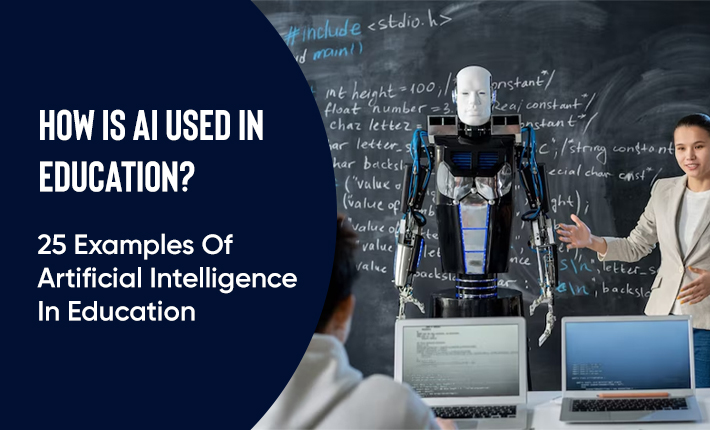
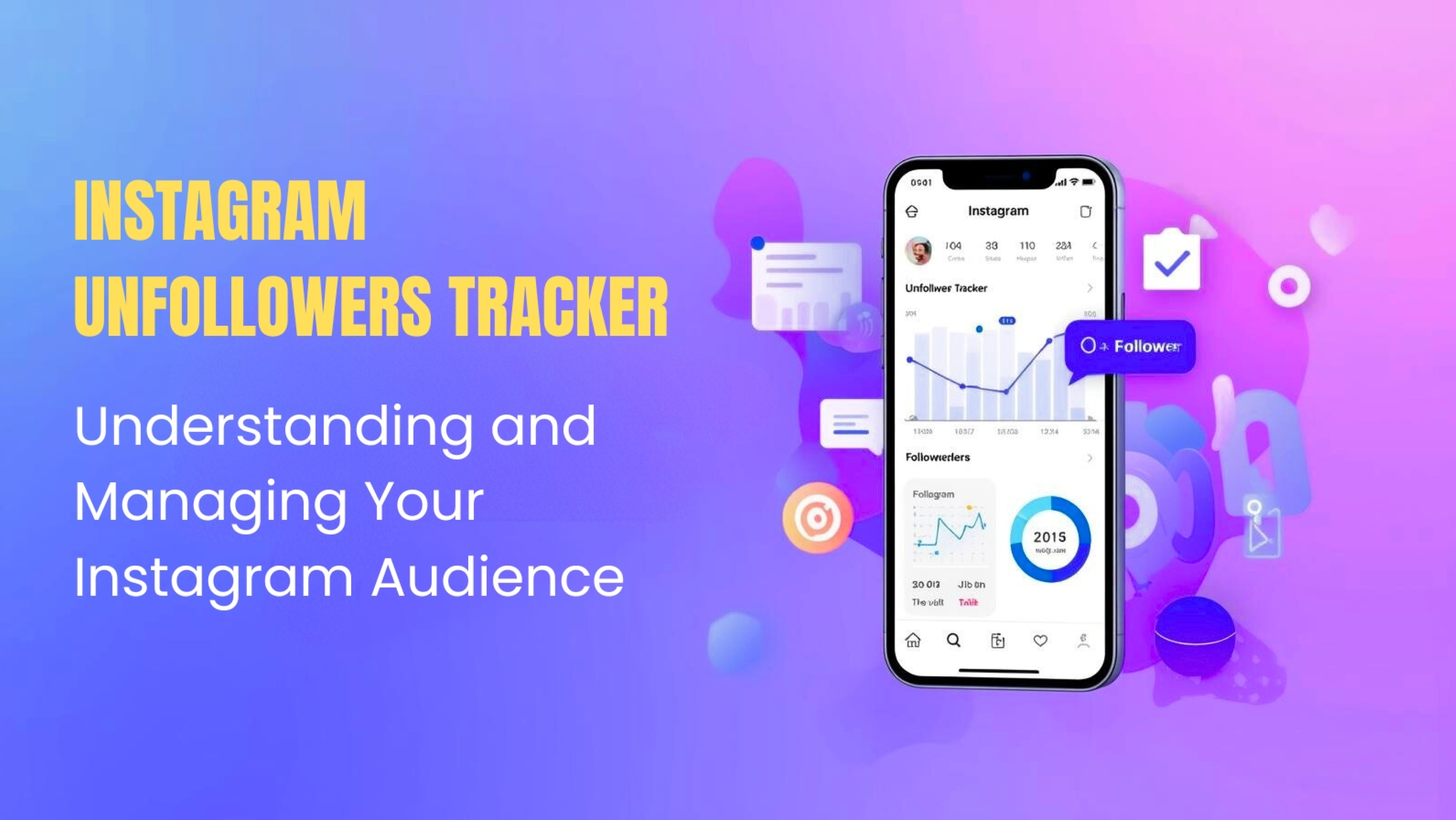
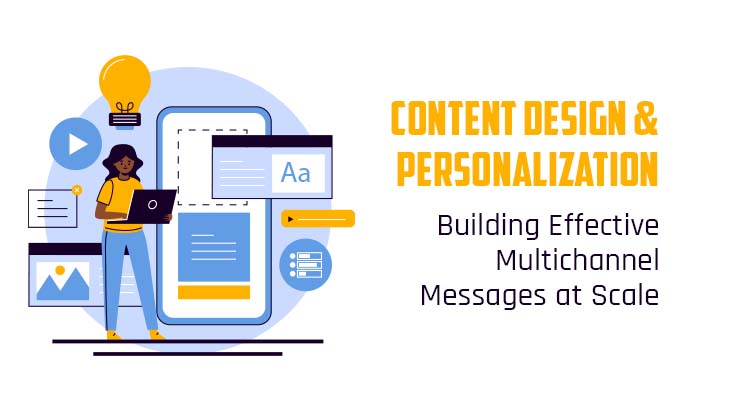
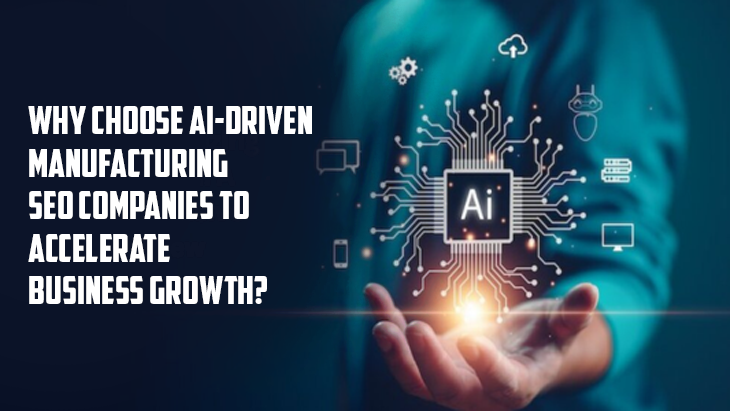
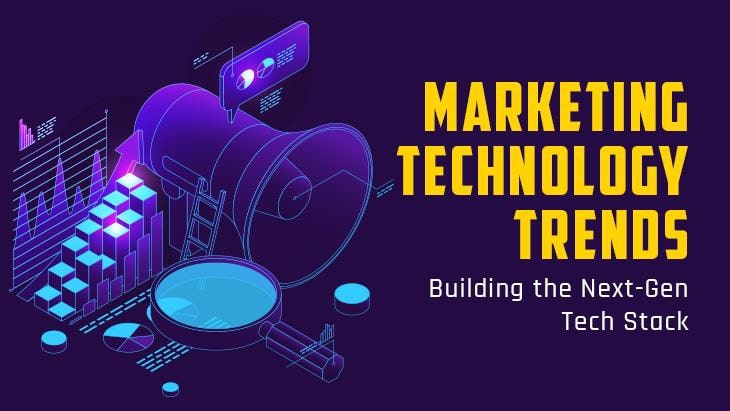

Post Comments